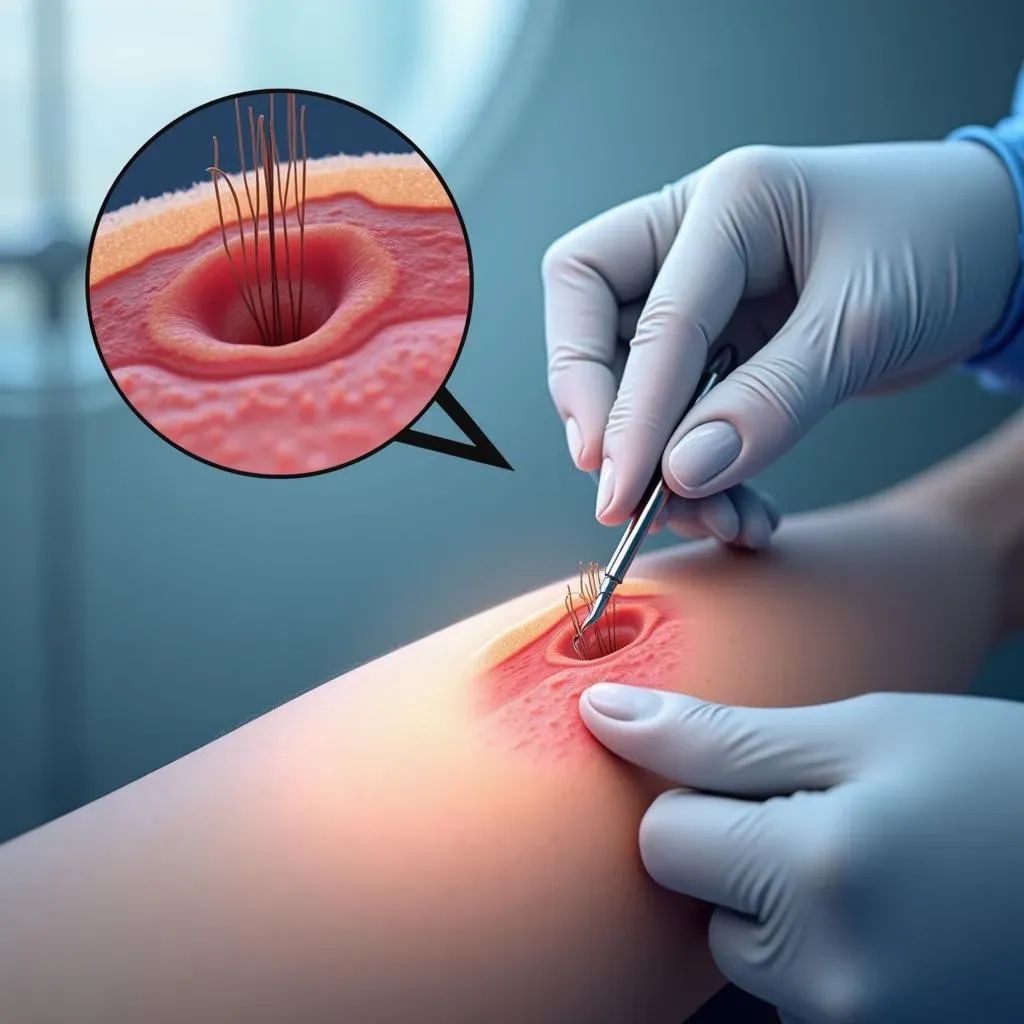Table of Contents
Ingrown hairs can be a frustrating and painful problem for many individuals, especially those with curly or coarse hair. When hair grows back into the skin instead of outward, it can lead to inflammation, scarring, and even infection. While there are various methods to treat ingrown hairs, such as using warm compresses or depilatory creams, severe cases may require more drastic measures. This is where surgical removal of ingrown hair comes into play. Surgical removal of ingrown hair is a procedure that involves removing the ingrown hair and any associated cysts or lesions. In this article, we will delve into the world of ingrown hair, exploring its causes, symptoms, and diagnosis. We will also discuss the surgical removal of ingrown hair, including the procedures involved, the benefits, and the post-operative care required. Additionally, we will provide tips on how to prevent ingrown hairs from forming in the first place. Whether you're looking for a solution to your ingrown hair woes or simply want to learn more about this common issue, this comprehensive guide has got you covered.
Understanding Ingrown Hair: Causes, Symptoms, and Diagnosis
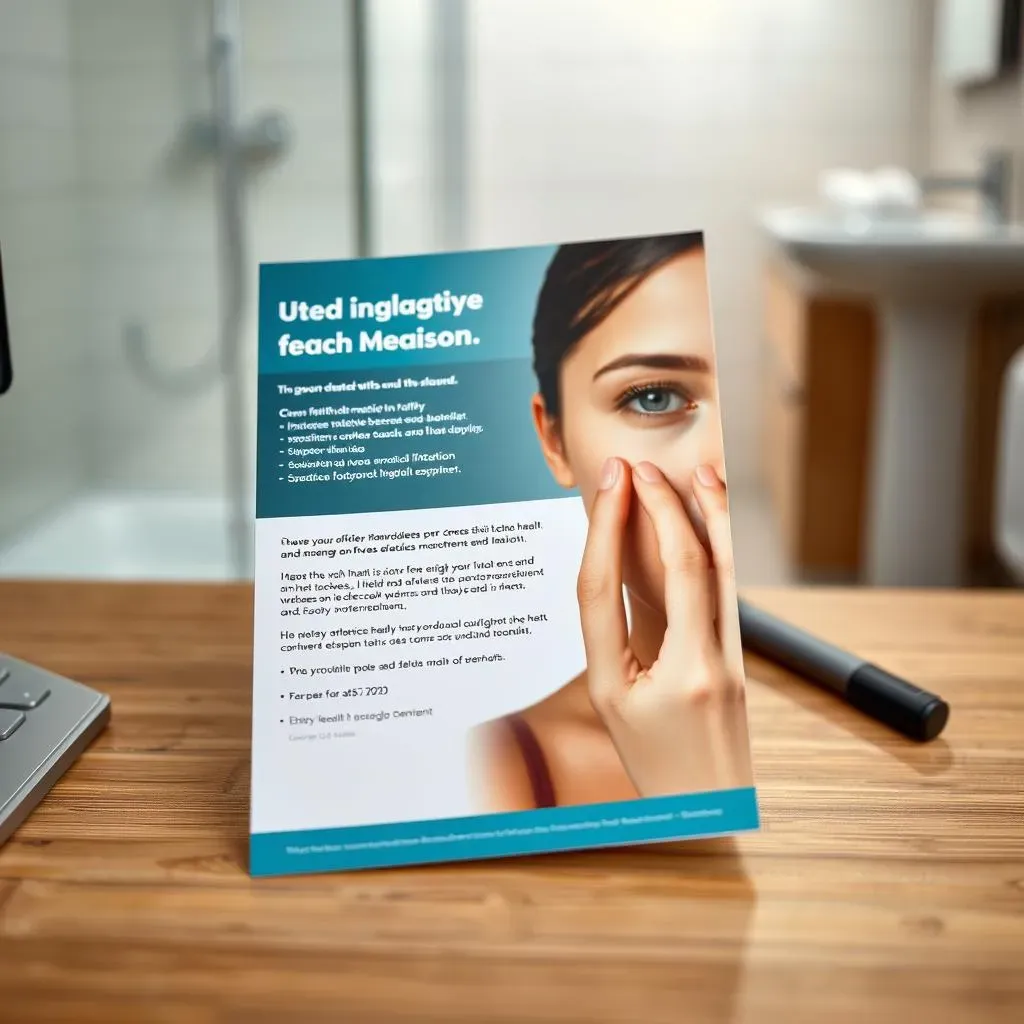
Understanding Ingrown Hair: Causes, Symptoms, and Diagnosis
What are Ingrown Hairs?
Ingrown hairs occur when a hair grows back into the skin, rather than outward. This can happen for a variety of reasons, including improper shaving techniques, tight clothing, and genetics. Ingrown hairs can appear on any part of the body where hair grows, but they are most common in areas such as the face, neck, armpits, bikini line, and legs. They can cause a range of symptoms, from mild irritation and redness to severe inflammation, pain, and even infection.
Ingrown hairs can affect anyone, but they are more common in individuals with curly or coarse hair. This is because such hair is more likely to bend and curve back into the skin, rather than growing straight out. Additionally, people with darker skin tones are more prone to ingrown hairs due to the curvature of their hair follicles.
Symptoms | Description | Severity |
|---|---|---|
Razor Bumps | Small, inflamed bumps on the skin | Mild |
Folliculitis | Inflammation of the hair follicle | Moderate |
Cysts | Large, painful bumps under the skin | Severe |
Diagnosing Ingrown Hairs
Diagnosing ingrown hairs is typically a straightforward process. A healthcare provider can usually diagnose ingrown hairs simply by examining the affected area. They may look for signs such as redness, swelling, and pus. In some cases, a biopsy may be performed to rule out other conditions that may resemble ingrown hairs, such as acne or skin infections.
- Visual examination of the affected area
- Medical history to identify any underlying conditions
- Physical examination to check for swelling and tenderness
- Blood tests to check for infection
Surgical Removal of Ingrown Hair: Procedures and Benefits
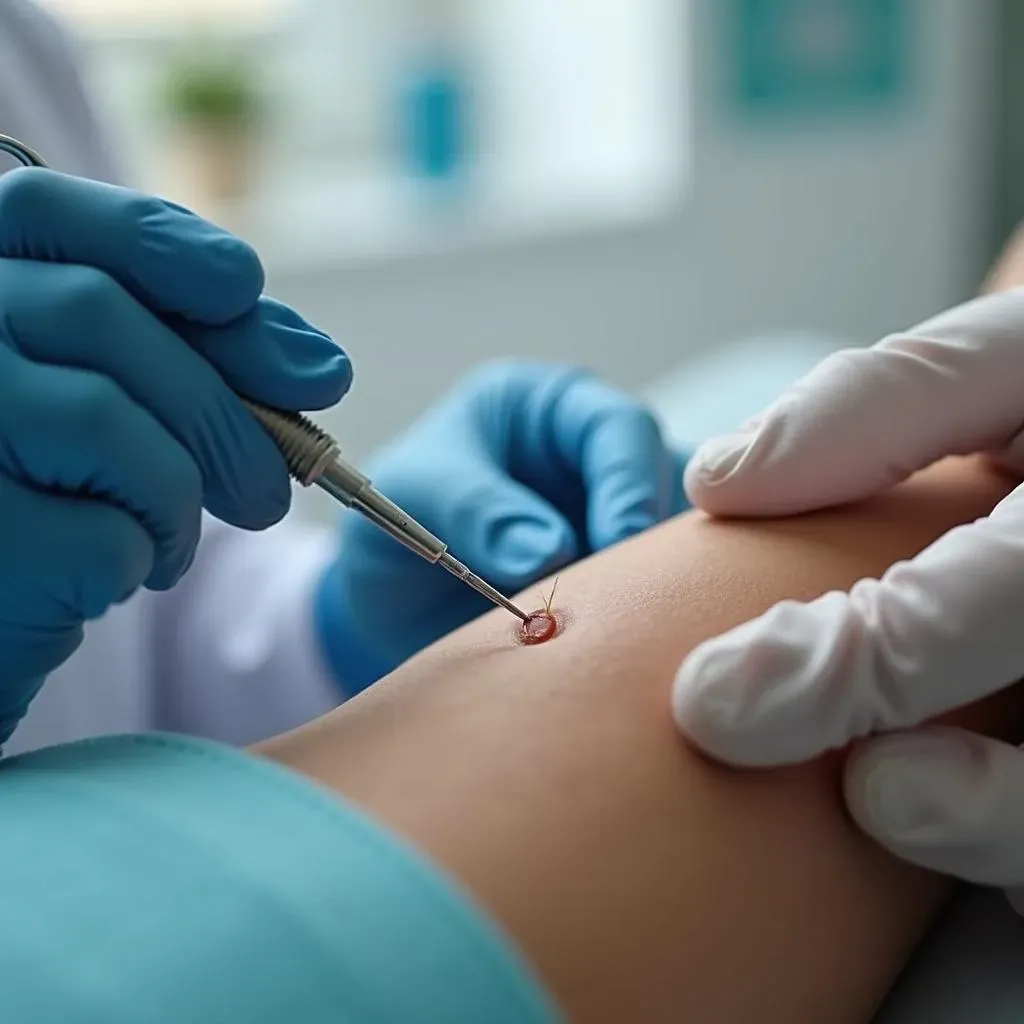
Surgical Removal of Ingrown Hair: Procedures and Benefits
What is Surgical Removal of Ingrown Hair?
Surgical removal of ingrown hair is a medical procedure designed to remove ingrown hairs and any associated cysts or lesions. This is typically considered when other treatments have failed to provide relief or when the ingrown hair is severe and causing significant discomfort. The procedure is usually performed by a dermatologist or a surgeon and involves making a small incision in the skin to remove the ingrown hair and any infected tissue.
The goal of surgical removal is to alleviate symptoms such as pain, inflammation, and infection, while also improving the appearance of the skin. By removing the ingrown hair and any cysts, the procedure can help prevent future occurrences and reduce the risk of scarring.
Benefits of Surgical Removal
Surgical removal of ingrown hair offers several benefits, including:
- Permanent removal of the ingrown hair, reducing the risk of recurrence
- Reduction of inflammation and pain
- Improvement in the appearance of the skin, minimizing scarring
- Prevention of infection and further complications
Additionally, surgical removal can be a more effective solution than other treatments, especially for severe cases. It provides a definitive solution, allowing individuals to resume their normal activities without the discomfort and embarrassment of ingrown hairs.
Procedure | Description | Recovery Time |
|---|---|---|
Incision and Drainage | A small incision is made to drain the cyst or lesion | 1-2 weeks |
Excision | The ingrown hair and surrounding tissue are surgically removed | 2-4 weeks |
Laser Hair Removal | A laser is used to destroy the hair follicle, preventing regrowth | Varies |
It's essential to note that surgical removal of ingrown hair should only be performed by a qualified medical professional. They will assess the individual's condition and recommend the most suitable procedure.
PostSurgery Care and Recovery for Ingrown Hair Removal

PostSurgery Care and Recovery for Ingrown Hair Removal
Immediate Post-Surgery Care
After undergoing surgical removal of an ingrown hair, it's essential to follow the post-operative instructions provided by your healthcare provider to ensure proper healing and minimize the risk of complications. Immediately after the procedure, the area may be tender, swollen, and bruised. Applying an ice pack wrapped in a cloth to the affected area can help reduce swelling and ease discomfort.
Keep the wound clean and dry to prevent infection. Your healthcare provider may prescribe antibiotics to take during the recovery period. It's crucial to complete the full course of antibiotics as directed, even if the wound appears to be healing well. Avoid submerging the wound in water, such as taking a bath, until it has fully healed.
Post-Surgery Care Tips | Importance | Duration |
|---|---|---|
Keep the wound clean and dry | Prevents infection | Until healed |
Apply topical antibiotics | Promotes healing and prevents infection | As directed by healthcare provider |
Avoid strenuous activities | Reduces risk of complications | 1-2 weeks |
Managing Pain and Discomfort
Pain and discomfort after surgical removal of ingrown hair are common but can be managed with over-the-counter pain medications such as acetaminophen or ibuprofen. It's essential to follow the recommended dosage and consult your healthcare provider if the pain persists or worsens. Elevating the affected area above the level of the heart can also help reduce swelling and alleviate pain.
Avoid scratching or picking at the wound, as this can lead to infection, scarring, and prolonged recovery. If you experience any signs of infection, such as increased redness, swelling, or pus, contact your healthcare provider immediately.
- Avoid tight clothing that may irritate the wound
- Wear loose, comfortable clothing to reduce friction
- Use a gentle cleanser to clean the wound
Long-Term Recovery and Follow-Up
After the initial healing period, it's essential to schedule follow-up appointments with your healthcare provider to ensure the wound is healing properly. They may remove any stitches or sutures and check for any signs of infection or complications.
Once the wound has fully healed, you can resume your normal hair removal routine. However, it's crucial to adopt proper hair removal techniques to prevent future ingrown hairs. This includes shaving in the direction of hair growth, using a sharp razor, and avoiding sharing razors.
By following these post-surgery care instructions and maintaining good skincare habits, you can minimize the risk of complications and promote healthy, ingrown hair-free skin.
Preventing Ingrown Hair: Tips and Best Practices
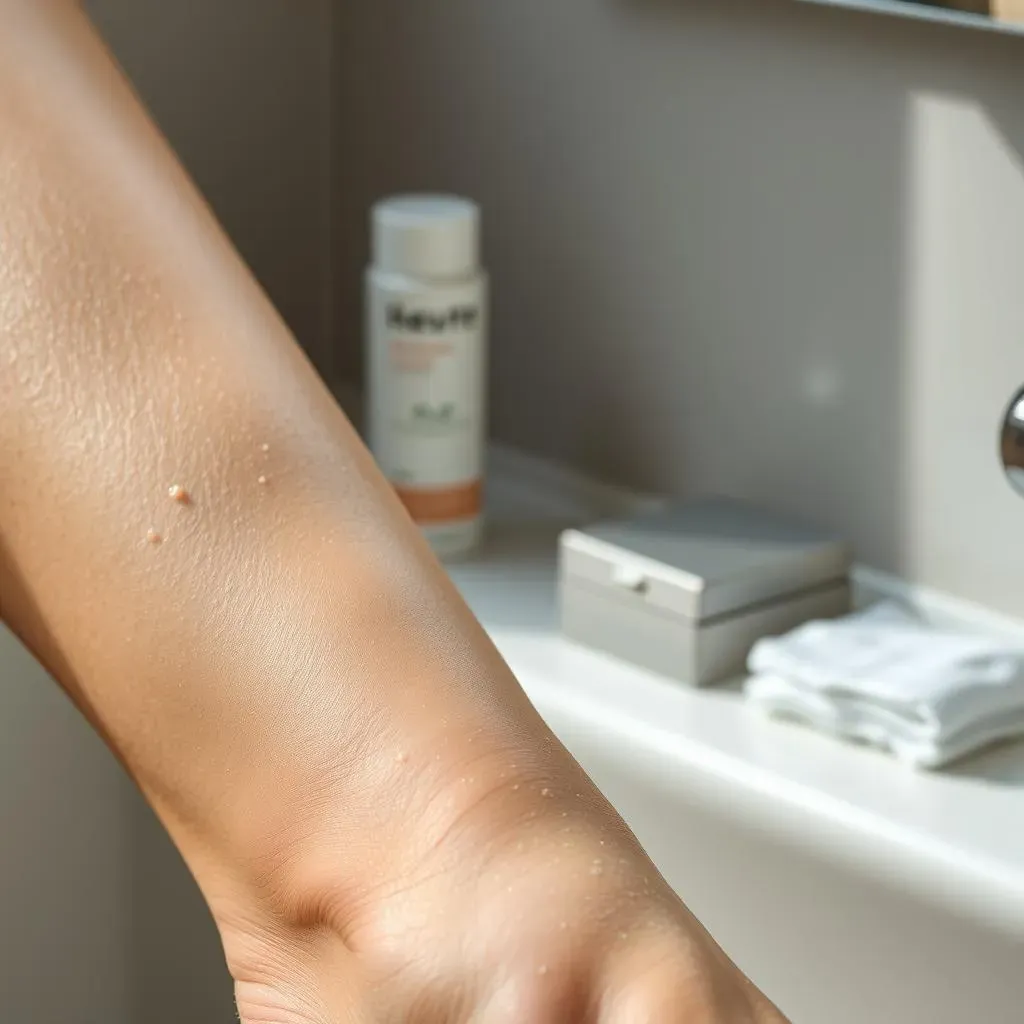
Preventing Ingrown Hair: Tips and Best Practices
Proper Hair Removal Techniques
Preventing ingrown hairs starts with proper hair removal techniques. Shaving is one of the most common methods of hair removal, but it can also be a primary cause of ingrown hairs if not done correctly. To shave properly, always shave in the direction of hair growth, not against it. Using a sharp razor is also essential, as a dull razor can cause the hair to be pulled, leading to irritation and ingrown hairs.
Another important tip is to avoid shaving too closely. Leaving a small amount of stubble can help prevent hairs from growing back into the skin. Exfoliating the skin before shaving can also help remove dead skin cells and reduce the risk of ingrown hairs.
Shaving Technique | Benefits | Risks |
|---|---|---|
Shaving in the direction of hair growth | Reduces friction and prevents hair from bending back into the skin | None |
Using a sharp razor | Cuts hair cleanly, reducing irritation and ingrown hairs | Dull razors can cause cuts and nicks |
Exfoliating before shaving | Removes dead skin cells, allowing for a smoother shave | Can cause irritation if done too aggressively |
Alternative Hair Removal Methods
For those who experience frequent ingrown hairs from shaving, alternative hair removal methods may be a better option. Waxing, sugaring, and threading are popular alternatives that remove hair from the root, reducing the likelihood of ingrown hairs. However, these methods can be painful and may cause temporary redness and irritation.
Depilatory creams are another option, which dissolve hair at the surface of the skin. These creams are generally painless but may not be as effective for coarse or thick hair. Laser hair removal is also a popular choice, offering a more permanent solution by destroying the hair follicle.
- Waxing: Removes hair from the root, reducing regrowth
- Sugaring: Similar to waxing, but uses a sugar-based paste
- Threading: Uses a thread to pull hair out from the root
- Depilatory creams: Dissolve hair at the surface of the skin
- Laser hair removal: Destroys the hair follicle for permanent results
Skincare and Maintenance
Good skincare is essential in preventing ingrown hairs. Keeping the skin moisturized helps to keep the hair follicles hydrated and reduces the risk of hairs becoming trapped. Exfoliating regularly removes dead skin cells, which can contribute to ingrown hairs. Avoiding tight clothing can also help reduce friction, which is a common cause of ingrown hairs.
For individuals prone to ingrown hairs, using products containing salicylic acid or glycolic acid can help to exfoliate the skin and prevent dead skin cells from accumulating. Additionally, avoiding picking or scratching the skin can help prevent ingrown hairs from becoming infected.
Skincare Product | Benefits | Potential Drawbacks |
|---|---|---|
Salicylic acid | Exfoliates the skin, reducing dead skin cell buildup | Can be drying to the skin if overused |
Glycolic acid | Hydrates the skin while exfoliating | May cause irritation in sensitive skin |
Moisturizer | Keeps the skin hydrated, reducing irritation | None |
Living with Ingrown Hair: Management and Treatment Options
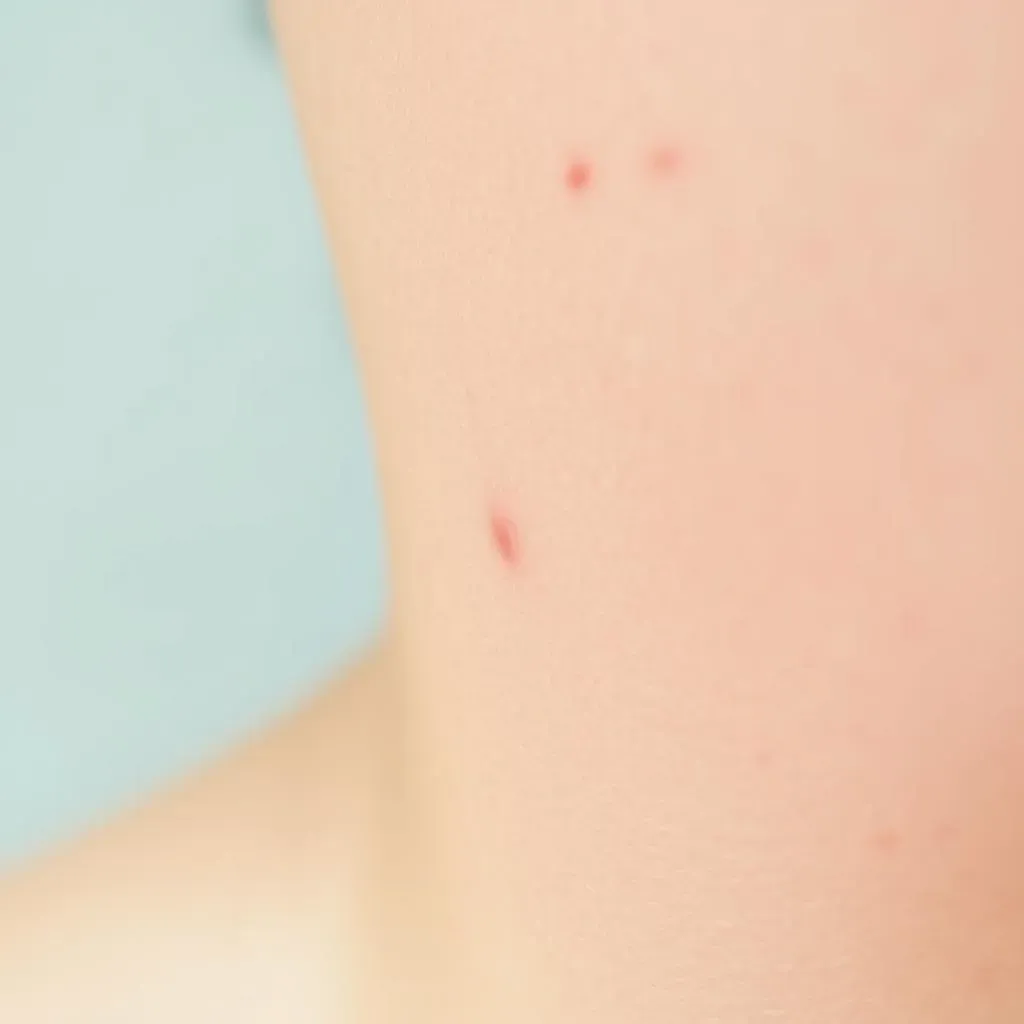
Living with Ingrown Hair: Management and Treatment Options
Managing Ingrown Hairs at Home
For mild cases of ingrown hairs, there are several home remedies that can help alleviate symptoms. Applying a warm compress to the affected area can help bring the ingrown hair to the surface, making it easier to remove. Exfoliating the skin with a gentle scrub or a chemical exfoliant containing alpha-hydroxy acids (AHAs) or beta-hydroxy acids (BHAs) can also help prevent dead skin cells from accumulating and contributing to ingrown hairs.
Topical creams or gels containing ingredients like salicylic acid, tea tree oil, or hydrocortisone can help reduce inflammation and prevent infection. It's essential to avoid scratching or picking at the ingrown hair, as this can lead to further irritation, scarring, and prolonged recovery.
Home Remedy | Benefits | Risks |
|---|---|---|
Warm compress | Brings ingrown hair to the surface, promotes drainage | Can cause burns if water is too hot |
Exfoliation | Removes dead skin cells, reduces ingrown hair risk | Can irritate skin if overdone |
Topical creams/gels | Reduces inflammation, prevents infection | May cause skin irritation in some individuals |
Medical Treatments for Ingrown Hairs
When home remedies are not effective, medical treatments may be necessary. For ingrown hairs that are infected or severely inflamed, antibiotics may be prescribed to clear the infection. In some cases, a dermatologist may use a minor surgical procedure to remove the ingrown hair and any associated cysts or lesions.
Electrolysis is another option for removing ingrown hairs. This procedure involves inserting a fine needle into the hair follicle and using a small electrical charge to destroy the hair root. Laser hair removal is also a popular choice, as it provides a more permanent solution by destroying the hair follicle, reducing the risk of future ingrown hairs.
- Antibiotics: Treats bacterial infections
- Surgical removal: Removes ingrown hair and cysts
- Electrolysis: Destroys hair root with electrical charge
- Laser hair removal: Provides permanent results
Professional Help and Prevention
If ingrown hairs persist or worsen despite home remedies and medical treatments, it may be necessary to consult a dermatologist for further guidance. They can assess the individual's skin type, hair texture, and shaving techniques to provide personalized advice on preventing ingrown hairs.
Preventing ingrown hairs requires a combination of proper hair removal techniques, good skincare, and lifestyle changes. This includes shaving in the direction of hair growth, using sharp razors, avoiding tight clothing, and maintaining a healthy diet rich in vitamins and minerals that promote skin health.
By adopting these preventive measures and seeking medical attention when necessary, individuals can reduce their risk of developing ingrown hairs and maintain healthy, smooth skin.
Conclusion: Taking Control of Ingrown Hair with Surgical Removal
In conclusion, ingrown hairs can be a debilitating issue, but with the right treatment and preventive measures, individuals can take back control of their skin. Surgical removal of ingrown hair is a viable option for those who suffer from severe or recurrent cases. By understanding the causes, symptoms, and diagnosis of ingrown hairs, as well as the surgical removal procedures and post-operative care, individuals can make informed decisions about their treatment. Remember, prevention is key, and adopting proper hair removal techniques, maintaining good skin care, and being mindful of your hair's growth patterns can significantly reduce the occurrence of ingrown hairs. With the right knowledge and approach, you can say goodbye to the discomfort and embarrassment of ingrown hairs and hello to smooth, healthy-looking skin.
